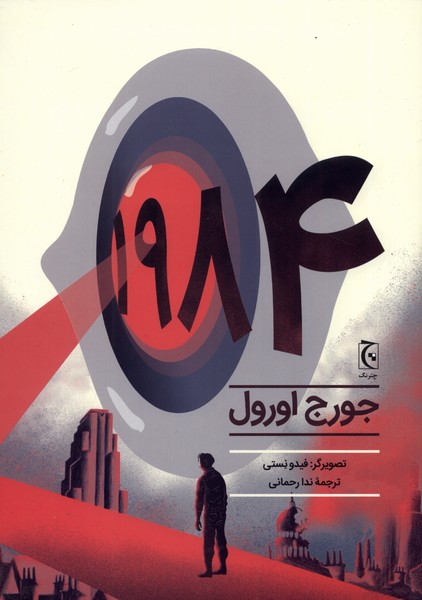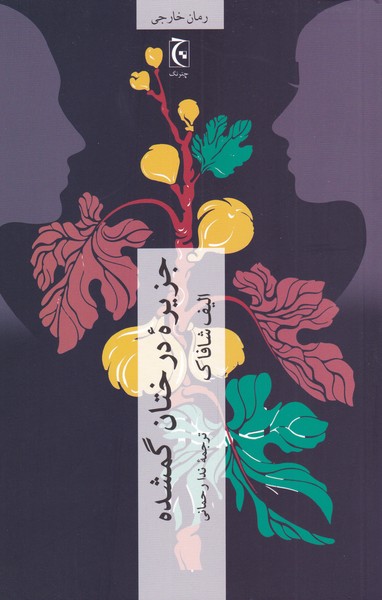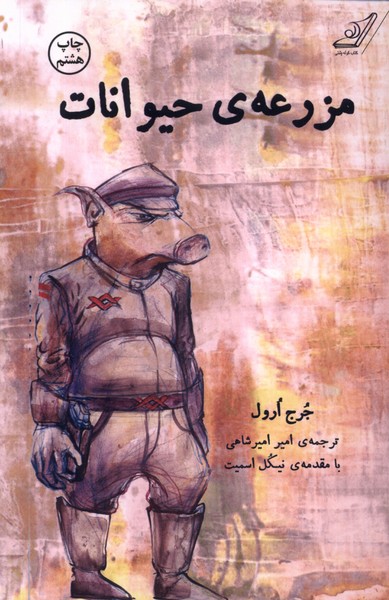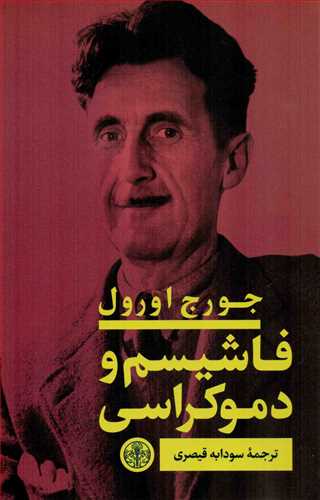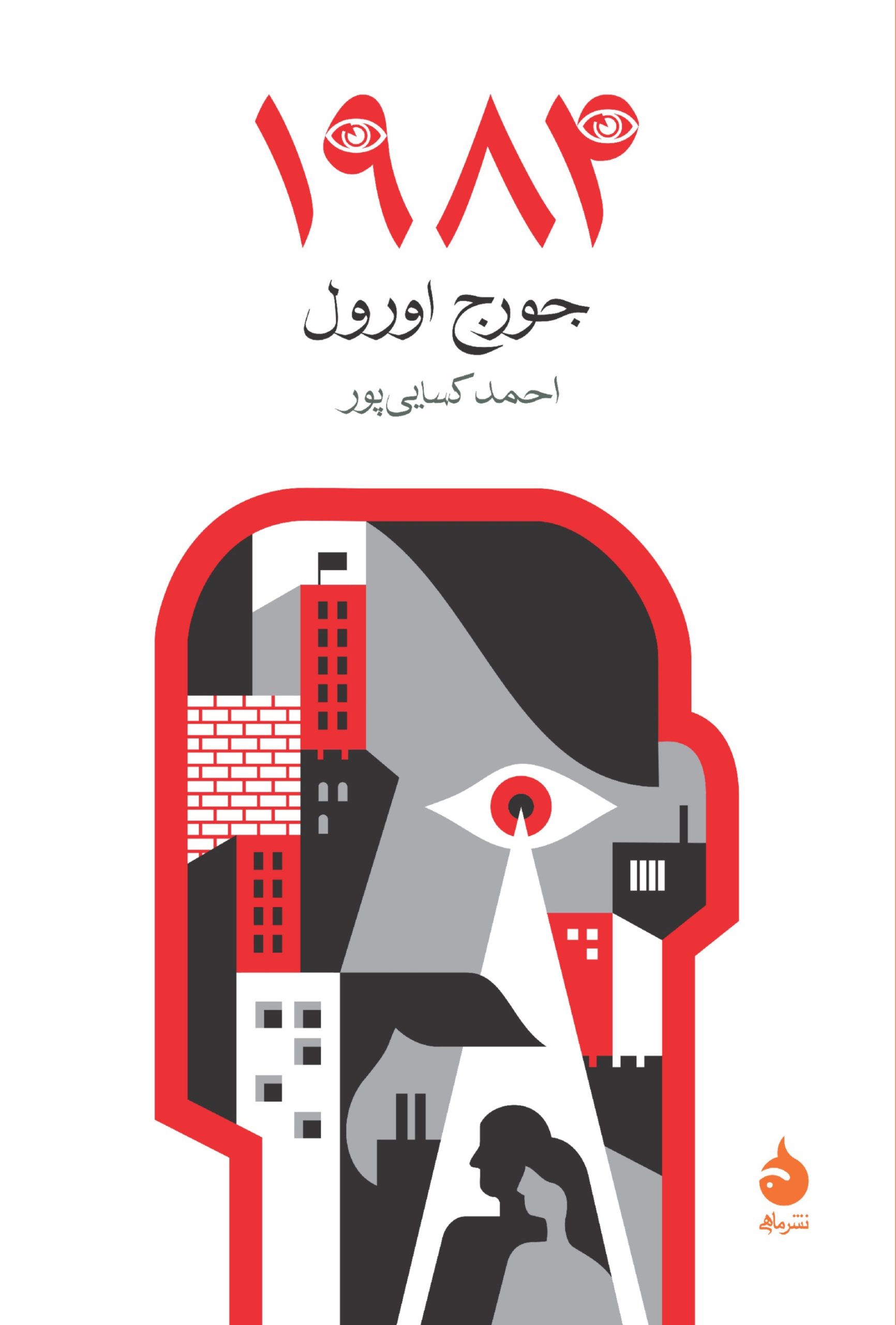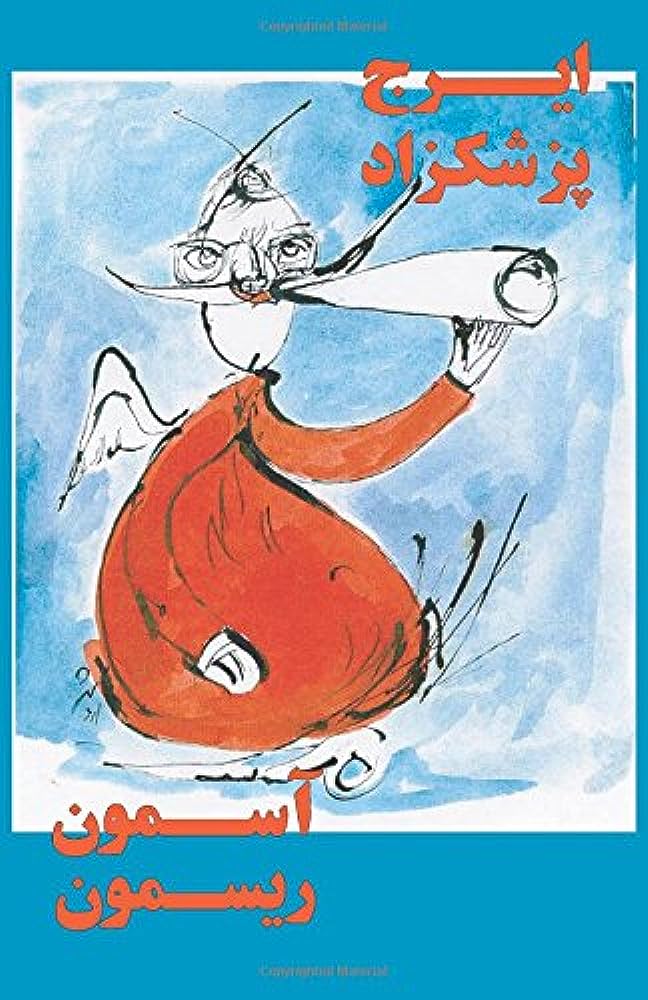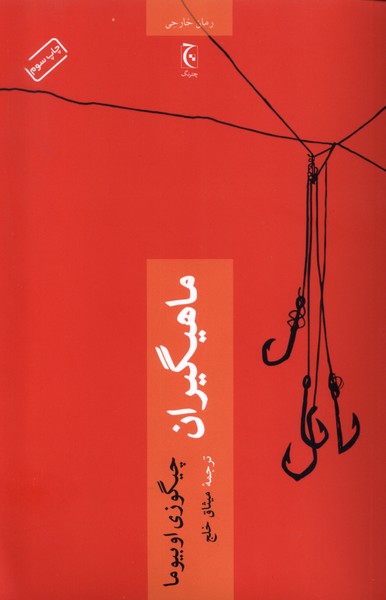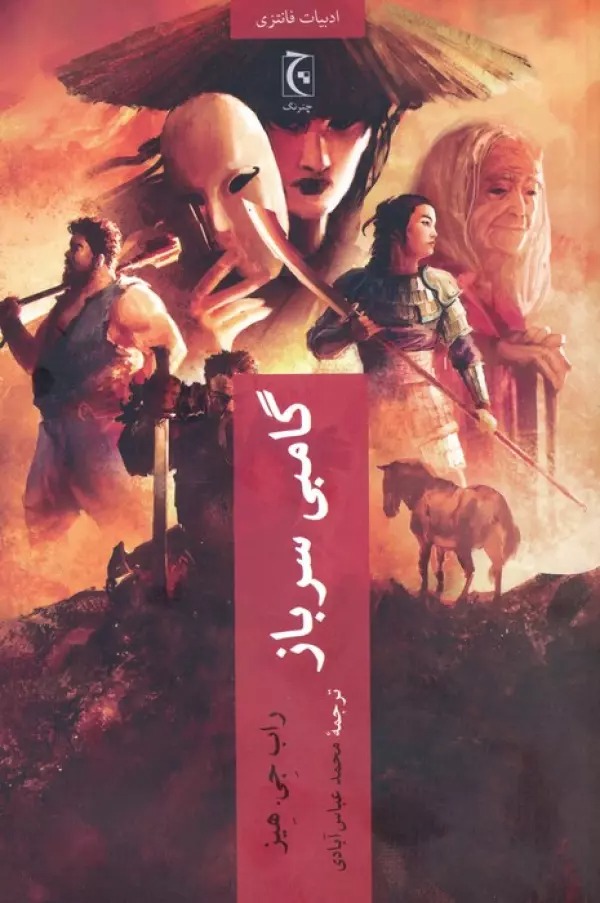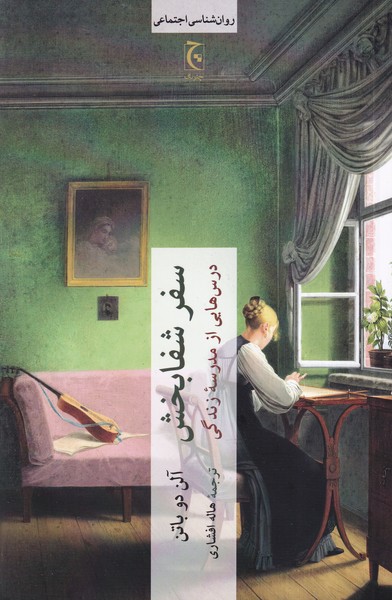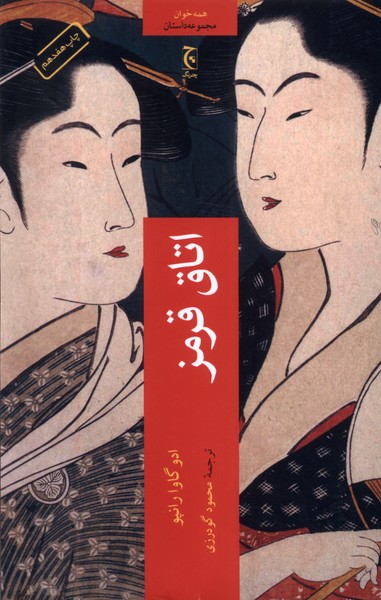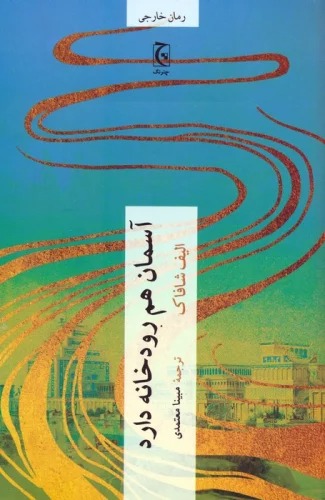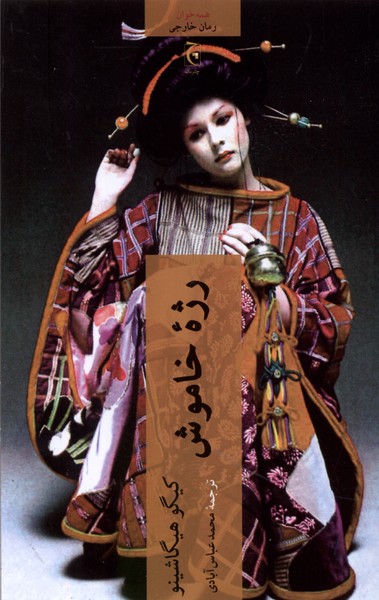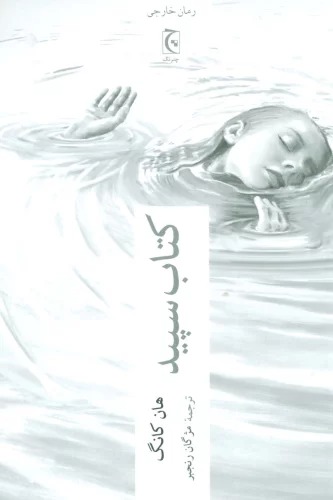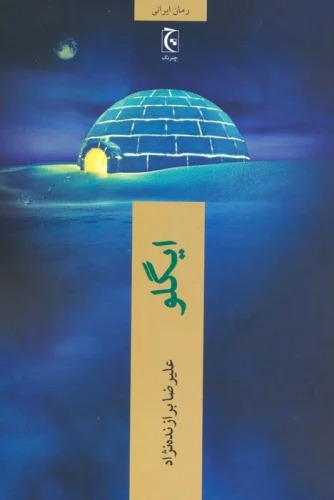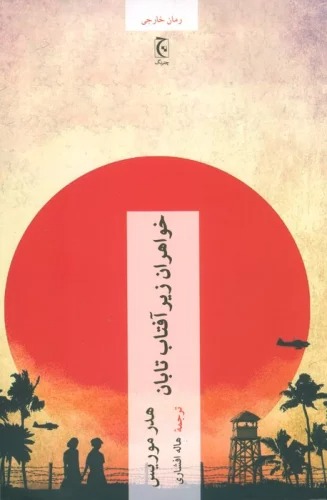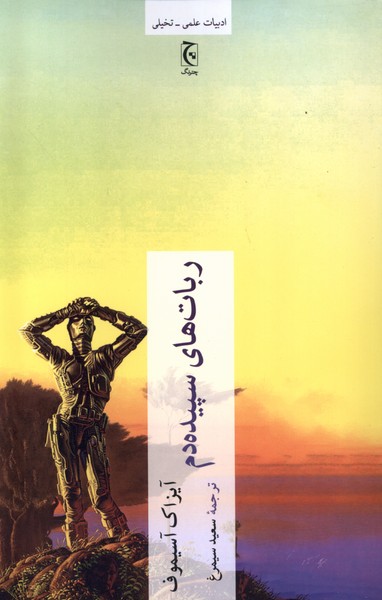1984 (Muṣavvar): Persian 2023
1984 (مصور)
28.52 $
Share
Wishlist
Original Title:
1984 The Graphic Novel
ISBN:
9786227342642
Translator:
Nidā Raḥmānī
Illustrator:
Fido Nesti
Publisher:
Chatrang
Age Group:
Adult
Pages:
224
Weight:
900 g
Dimensions:
23 x 29 x 3 cm
Book Cover:
Board Books
One of the last writings of an author who lived only 47 years and never saw the second half of the 20th century, since its publication until now, it has always been at the top of the most important and influential dystopian novels in history, while the human and utopian idea of its author is evident in it. The book 1984, based on the premise of being in the future where the rulers have turned hatred into the highest human trait, is full of ideas for images and pictures, and for this reason, its influence on the history of cinema has existed in many other films in addition to direct adaptations. In fact, all dystopian films with the narrative of being under the shadow of a totalitarian government in the future are indirect adaptations of the great Overland novel. Therefore, the idea of an illustrated book in the form of a black comic strip is a double-edged sword that requires a deep understanding and closeness to the intellectual range of the English left-wing writer. Brazilian illustrator, caricaturist, and comic strip designer Fido Nesti, in illustrating 1984, with his distinct influence in the visual setting of the book from the film "Brazil" by English Terry Gilliam, has established intelligent visual links between both fellow artists and yet It has reached an artistic point of view in the visual narration of the book. The intelligent use of icons close to Trotsky and Stalin instead of "Immanuel Goldstein" and "Elder Brother", along with presenting the same philosophical and poetic depths of the book in the frame by frame of illustration, has caused the generality of the images and of course their sequence and montage, to a tremendous effect. lead to; Like when Mrs. Parsons asks Winston for help fixing the pipes in her house, and in a medium shot we see the woman described as, "...you look a lot older. One thought that dust was sitting on the lines of his face. And a few frames later, we see a very close-up of part of Mrs. Parsons' face in full depression, with the caption: "In the brighter living room light, Winston realized that dust was indeed sitting on Mrs. Parsons's features." It is with these details that this illustrated novel is not a comic strip statement of the culture industry to simplify a great literary work, but an original, aesthetic, and thoughtful view from 1984 that can be referred to beyond the original book.
more
یکی از آخرین نوشتههای نویسندهای که فقط 47 سال زندگی کرد و هیچگاه نیمهی دوم قرن بیستم را ندید، از زمان انتشارش تاکنون، همواره بر صدر مهمترین و تأثیرگذارترین رمانهای دیستوپیایی تاریخ تکیه زده، درعینحال که ایدهی انسانی و اتوپیایی نویسندهاش درآن هویداست. کتاب 1984 با همین بنمایهی حضور در آیندهای که حکمرانان، تنفر را به والاترین خصیصهی بشری بدل کردهاند، سرشار از ایده برای ایماژها و تصاویر است و به همین دلیل تأثیرش بر تاریخ سینما علاوه بر اقتباسهای مستقیم، در بسیاری فیلمهای دیگر هم وجود داشتهاست. درواقع همهی فیلمهای دیستوپیایی با روایت حضور زیر سایهی یک حکمرانی تمامیتخواه در آینده، اقتباسهای غیرمستقیمی از رمان بزرگ اورولند. ازهمینرو ایدهی یک کتاب مصور با فرم یک کمیک استریپ سیاه، شمشیر دولبهایست که به سلامت گذشتن ازآن، نیاز به فهم و نزدیکی عمیقی به گسترهی فکری نویسندهی چپگرای انگلیسی دارد. «فیدو نستی»، تصویرگر، کاریکاتوریست و طراح کمیک استریپ برزیلی، در مصور کردن 1984، با تأثیر مشخصاش در فضاسازی تصویری کتاب از فیلم «برزیل» ساختهی «تری گیلیام» انگلیسی، پیوندهای بصری هوشمندانهای میان هردو هنرمند هموطن برقرار کرده و با اینحال به نظرگاهی هنرمندانه در روایت تصویری کتاب رسیده است. استفادهی هوشمندانه از شمایلهای نزدیک به تروتسکی و استالین به جای «ایمانوئل گلدشتاین» و «برادر بزرگتر»، در کنار ارائهی همان اعماق فلسفی و شاعرانهی کتاب در فریم به فریم تصویرسازی، موجب شده که عموم تصویرها و البته توالی و مونتاژشان، به تأثیر شگرفی منتهی شوند؛ مانند آنجا که خانم پارسونز از وینستون برای تعمیر لولهی خانهاش کمک میخواهد و در یک مدیوم شات آن زن را میبینیم که اینطور توصیف شده: «... خیلی پیرتر به نظر میرسید. آدم فکر میکرد روی خطوط صورتش گردوخاک نشسته است.» و چند فریم بعد، نمایی بسیار نزدیک از بخشی از چهرهی خانم پارسونز میبینیم در فسردگی کامل، همراه با این متن: «وینستون در نور اتاق نشیمن که روشنتر بود، متوجه شد که واقعا در خطوط صورت خانم پارسونز گردوخاک نشسته است.» با همین ریزبینیهاست که این رمان مصور نه یک بیانیهی کمیک استریپی صنعت فرهنگ برای سادهسازی یک اثر بزرگ ادبی بلکه منظری بدیع، زیباشناسانه و اندیشهورز از 1984 است که میتوان ورای کتاب اصلی به آن رجوع کرد.
more

